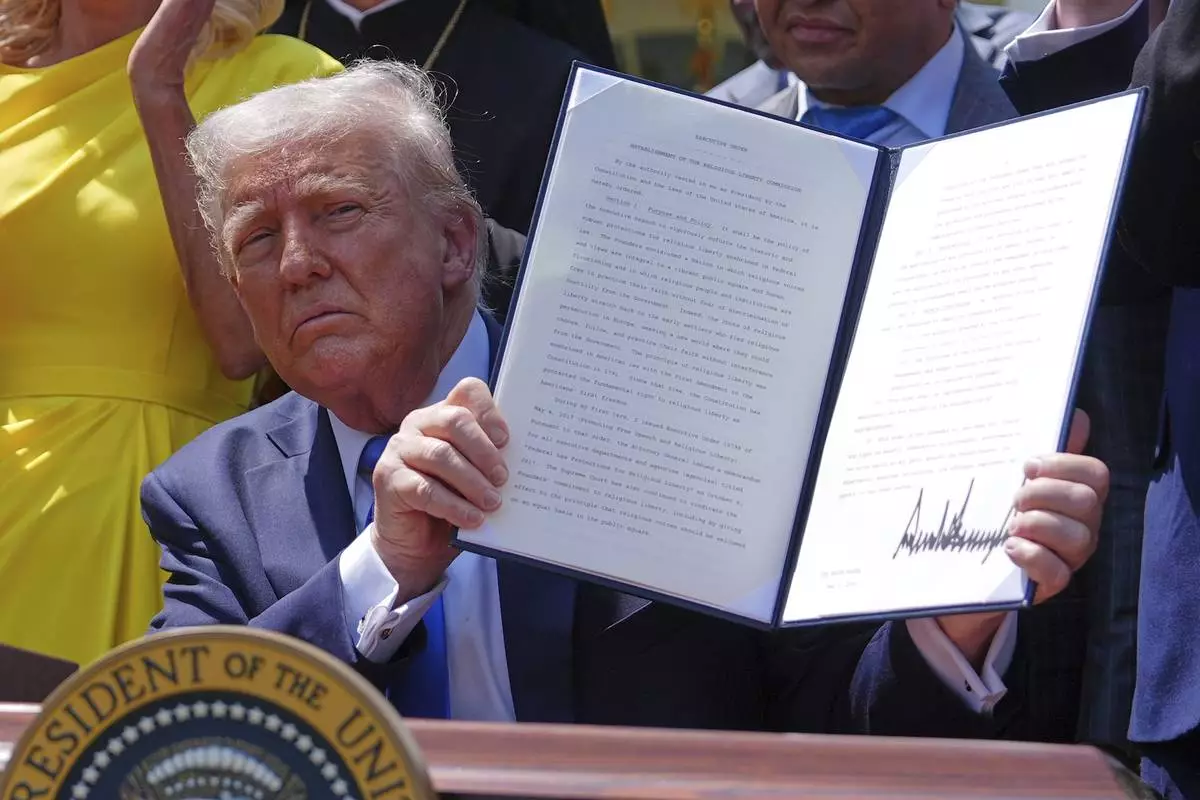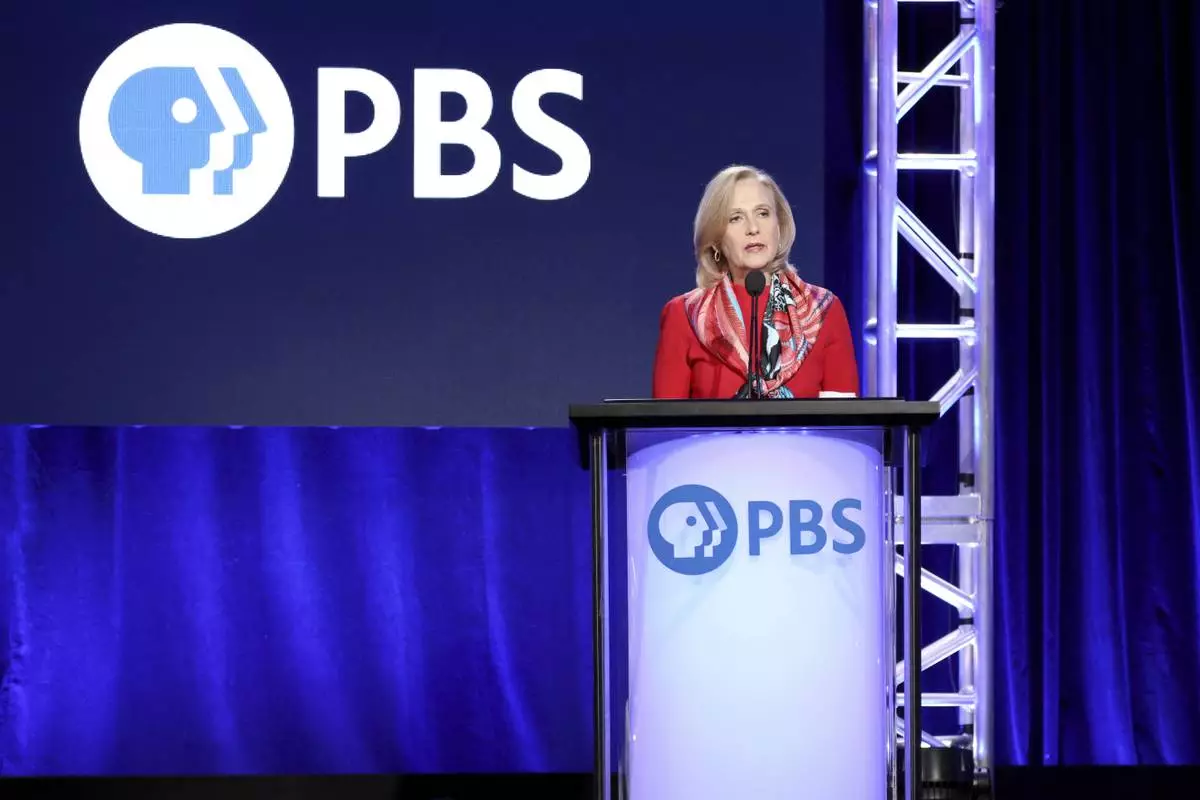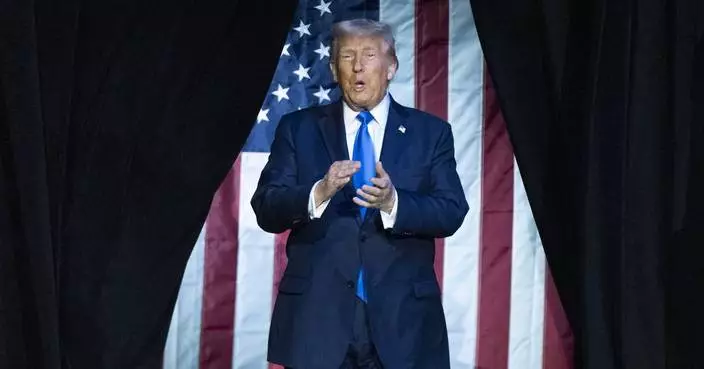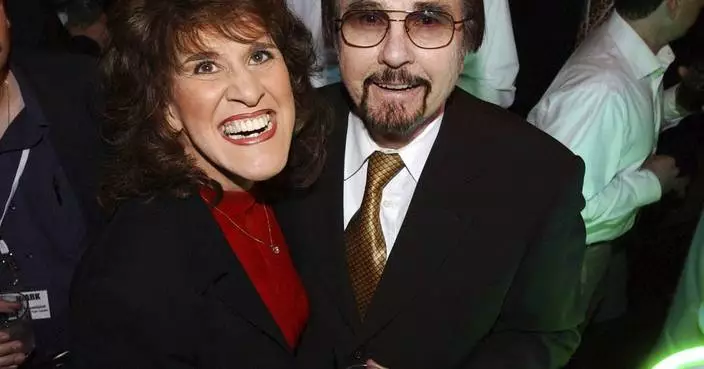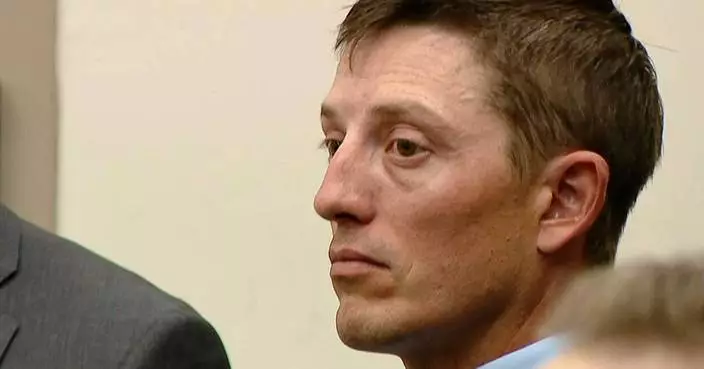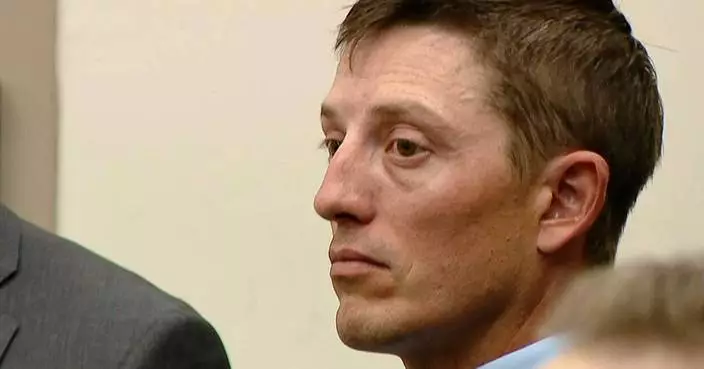WASHINGTON (AP) — Defense Secretary Pete Hegseth is defending himself against a second assertion that he shared classified material through an unapproved and unsecured network — this time taking airstrike information from a military communications channel and sharing it in a chat with his wife, his brother and others.
Hegseth pulled the information he posted in the Signal chat from a secure communications channel used by U.S. Central Command. NBC News first reported that the launch times and bomb drop times of U.S. warplanes about to strike Houthi targets in Yemen — details multiple officials have said are highly classified — came from the secure channel.
A person familiar with the chat confirmed that to The Associated Press.
The information was identical to the sensitive details of the Yemen operations shared in the first Signal chat, the person said, speaking on condition of anonymity out of fear of reprisal for speaking to the press.
That initial leaked chat included President Donald Trump's top national security officials. It accidentally included the editor of The Atlantic and has caused an investigation by the inspector general in the Defense Department.
Hegseth has not directly acknowledged that he set up the second chat, which had more than a dozen people on it, including his wife, his lawyer and his brother Phil Hegseth, who was hired as a senior liaison to the Pentagon for the Department of Homeland Security. Instead, the secretary blamed the disclosure of the second Signal chat on leaks from disgruntled former staff.
Hegseth has aggressively denied that the information he posted was classified. Regardless of that, Signal is a commercially available app that is encrypted but is not a government network and not authorized to carry classified information.
“I said repeatedly, nobody is texting war plans,” Hegseth told Fox News on Tuesday. “I look at war plans every day. What was shared over Signal then and now, however you characterize it, was informal, unclassified coordinations, for media coordinations and other things. That’s what I’ve said from the beginning.”
Based on the specificity of the launch times, that information would have been classified, former Defense Secretary Leon Panetta told the AP in a phone interview.
“It is unheard of to have a secretary of defense committing these kind of serious security breaches," said Panetta, who served during the Obama administration, and who also was director of the Central Intelligence Agency during Obama's term. ”Developing attack plans for defensive reasons is without question the most classified information you can have."
The news comes as Hegseth has shaken up much of his inner circle. He is said to have become increasingly isolated and suspicious about whom he can trust, and is relying on an increasingly smaller and smaller circle of people.
In the past week, Hegseth has fired or transferred six men in his inner circle, including his aide Dan Caldwell; his deputy chief of staff, Darin Selnick; and the chief of staff to Deputy Defense Secretary Stephen Feinberg, Colin Carroll.
Those three were escorted out of the Pentagon as the department hunts down leaks of inside information, and in his “Fox and Friends” interview Tuesday, an agitated Hegseth accused those staff — whom he had worked with and known for years — of “attempting to leak and sabotage” the administration.
On Sunday, former Pentagon spokesman John Ullyot said there was a “near collapse in the Pentagon’s top ranks." In an op-ed published in Politico, he said that “Hegseth is now presiding over a strange and baffling purge that will leave him without his two closest advisers of over a decade — Caldwell and Selnick — and without chiefs of staff for him and his deputy.”
The disarray isn’t just within the civilian ranks. Multiple senior military officers have been fired by Hegseth over the past three months, including the former chairman of the Joint Chiefs of Staff, Gen. CQ Brown Jr. Multiple current military officers in the Pentagon have described a loss of morale caused by the dysfunction and uncertainty — and said for many, they are just trying to keep their heads down.
One Army officer said the uncertainty created by Hegseth is one of the reasons he's leaving the military. After a 25-year career, he said he's angry at what Hegseth is doing and the impact it is having on his family. He said he's not the only one, and that the defense civilians who process retirement paperwork are overwhelmed due to the increase in long-serving personnel now deciding to leave military service.
One former service secretary who spoke to the AP on condition of anonymity said they had never seen the building like this. So did Panetta, who said in his talks with officers still serving, there was deep concern for the long-term effects of all the upheaval. Hegseth “is almost consumed by crises of his own making,” Panetta said. “And they are taking up all his time and attention.”
Hegseth confirmed Tuesday that chief of staff Joe Kasper would be transitioning to a new position. Pentagon chief spokesman Sean Parnell is also temporarily shifting to a more direct support role for Hegseth, and former Pentagon spokesman John Ullyot announced he was resigning last week, unrelated to the leaks. The Pentagon said, however, that Ullyot was asked to resign.
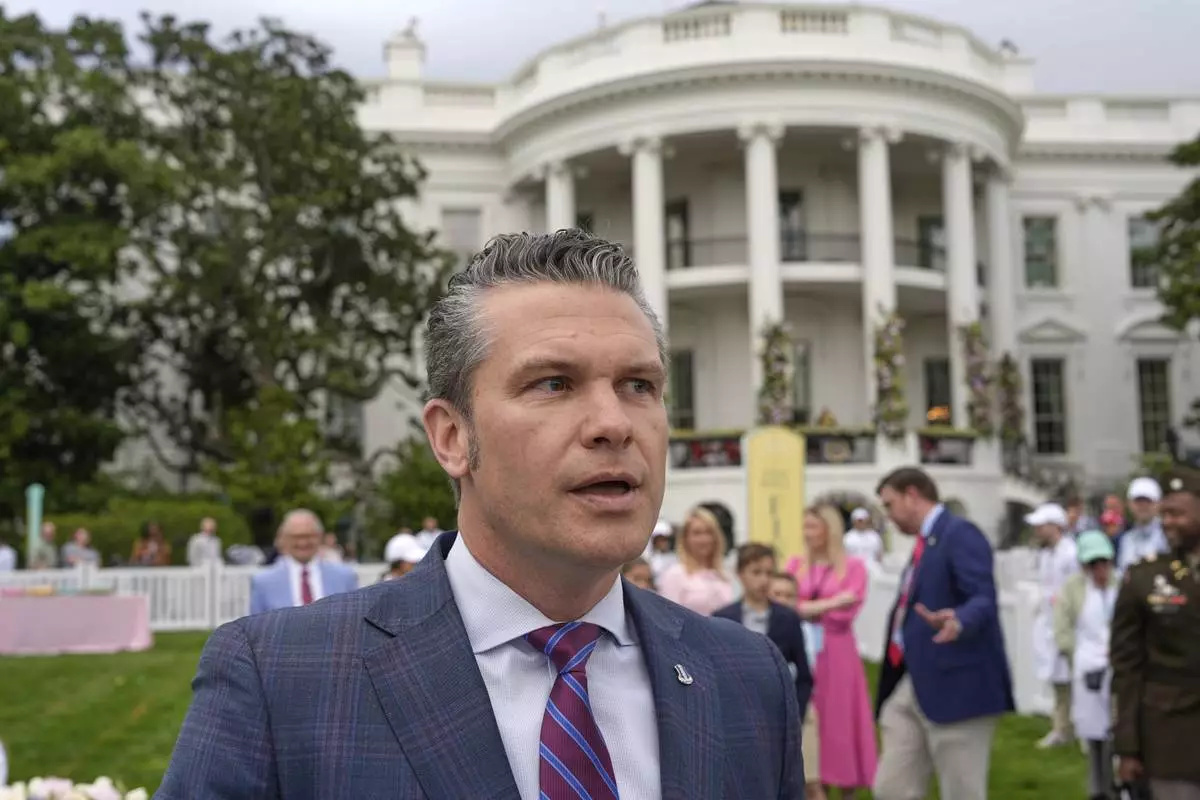
Defense Secretary Pete Hegseth speaks on the South Lawn of the White House before President Donald Trump and first lady Melania Trump participate in the White House Easter Egg Roll Monday, April 21, 2025, in Washington. (AP Photo/Alex Brandon)



